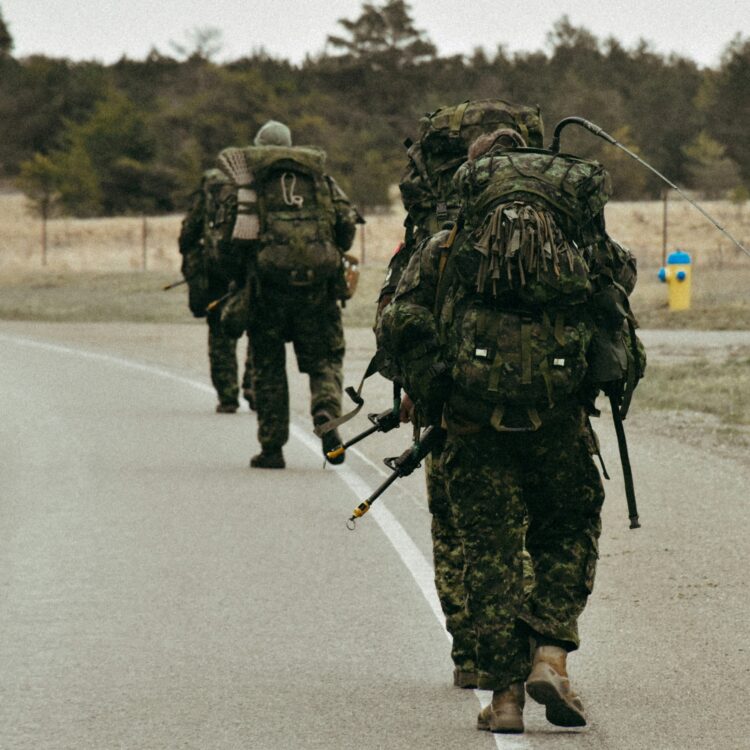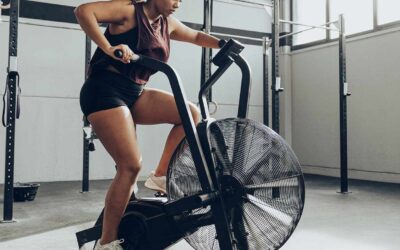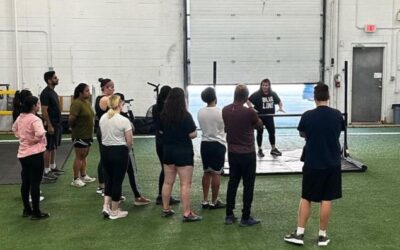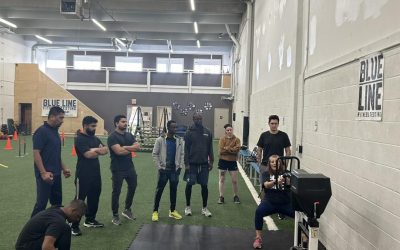For first responders, your gear is more than just equipment—it’s your lifeline. But when boots don’t fit right, vests aren’t snug, or your duty belt pulls your hips out of alignment, the long-term effects can be more harmful than any call you’ll respond to. Gear care and ergonomics for first responders isn’t a luxury—it’s a necessity for your career and your health.
How Poor Equipment Habits Lead to Long-Term Injuries
Small discomforts add up. A twisted ankle from worn-out boots, back pain from an overloaded belt, or shoulder issues from an ill-fitted vest might not sideline you immediately—but over time, they compound. Chronic pain, reduced performance, and even career-ending injuries often stem from avoidable issues related to gear misuse.
As Nikki Cloutier, founder of Blue Line Fitness Testing, puts it:
“Wearing poorly adjusted gear is like lifting weights with bad form every single day—it’s only a matter of time before you feel the damage.“
The Role of Ergonomics in Preventing Chronic Pain
Ergonomics is about designing and using gear in a way that supports your natural body mechanics. Whether you’re patrolling on foot, responding to emergencies, or sitting in a cruiser for hours, your gear must work with your body—not against it.
Well-fitted gear helps reduce fatigue, support posture, and distribute load evenly, which are all key to injury prevention.

Tips for Proper Gear Fit and Maintenance
🔹 Duty Belts
- Ensure it sits evenly across your hips.
- Distribute weight—don’t load everything on one side.
- Watch for hip tilt or low back tightness.
🔹 Boots
- Replace if the tread is worn or you feel uneven support.
- Use insoles if you’re on your feet all day.
- Break them in before extended wear.
🔹 Ballistic Vests & Carriers
- Should not ride up when seated or compress your shoulders.
- Adjust straps and check the fit regularly.
- Clean and inspect for damage frequently.
Red Flags: When to Repair or Replace Your Gear
🚩 Frequent discomfort or soreness in the same spot
🚩 Noticeable wear, fraying, or cracked materials
🚩 Missed notches, zippers, or fasteners that don’t secure properly
🚩 Gear shifting position during movement
🚩 Persistent back, shoulder, hip, or knee pain during or after shifts
If you’re noticing these signs, it’s time for a professional assessment.
Self-Checks & Mobility Tools That Help
✅ Use a foam roller or massage/lacrosse ball on hip flexors and low back to release tension post shift
✅ Test gear placement in various positions—sitting, standing, bending, crouching and lifting
✅ Perform bodyweight squats or step-ups with gear on to detect imbalance
✅ Add regular hip and shoulder mobility into your training sessions – Check out these 4 stretches to help!
✅ Ask a colleague or trainer to assess your posture with your gear on and then regularly self-assess when on shift

Book a Mobility Session or Gear Check Consult
At Blue Line Fitness Testing, we don’t just care about passing the test—we care about your long-term success and injury prevention. Book a mobility session to get expert advice on how to optimize your equipment, support your body, and stay operational for the long haul.
👉 Ready to move better and hurt less? Contact us today to book your session!
For more information on any of the services or law enforcement testing that Blue Line offers, check out these pages and posts:
PARE Testing Alberta page
How the Pass the PARE in Alberta
Sirens, Slammers and Service – A podcast for first responders







